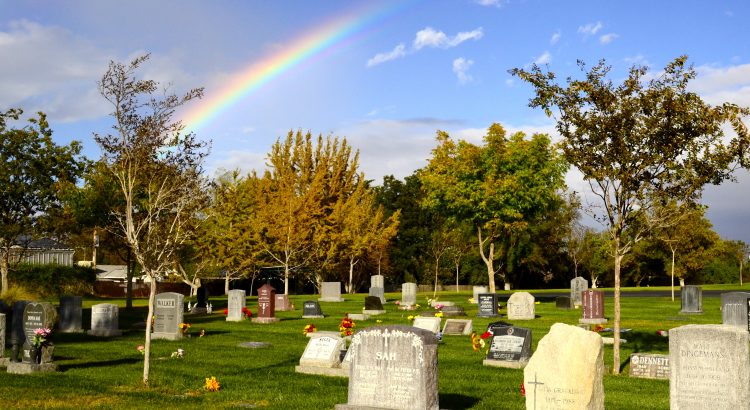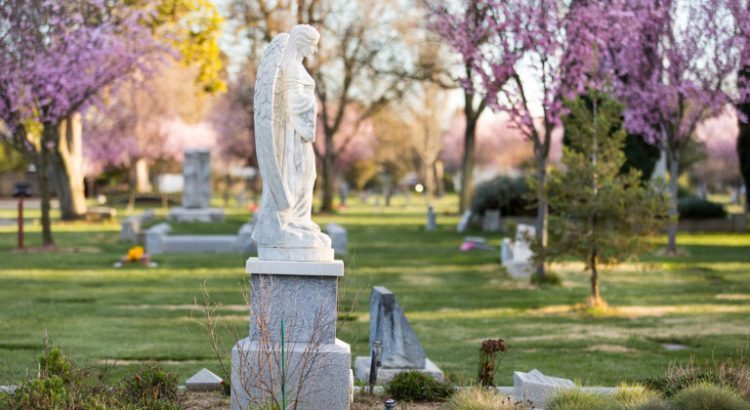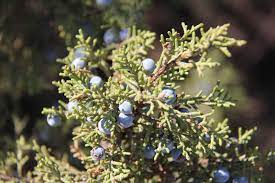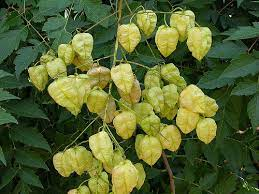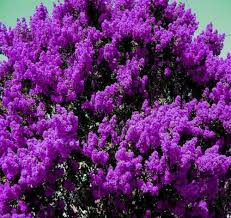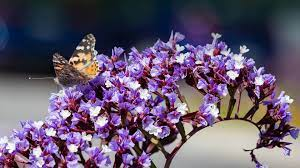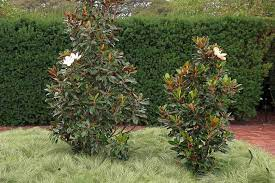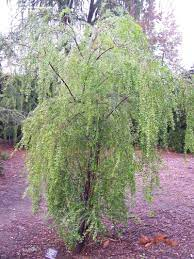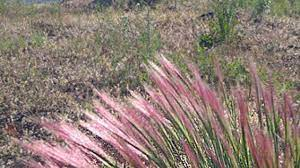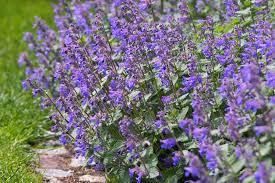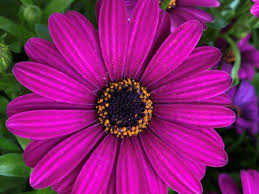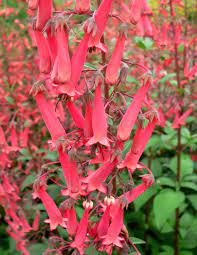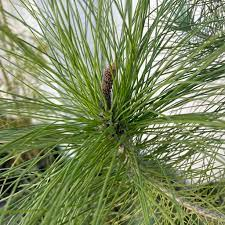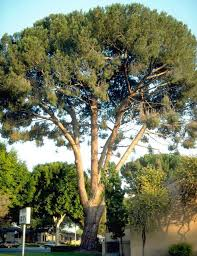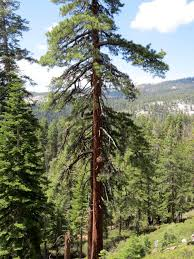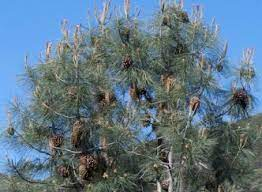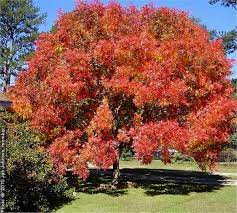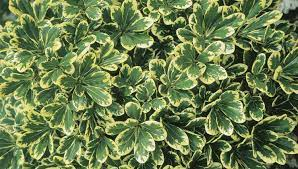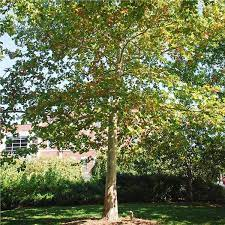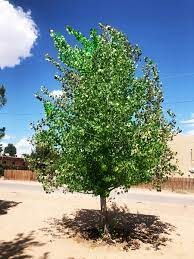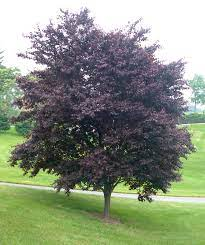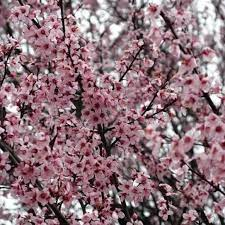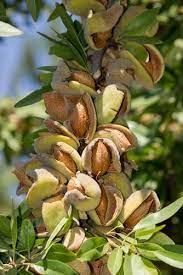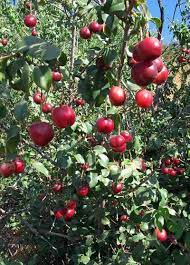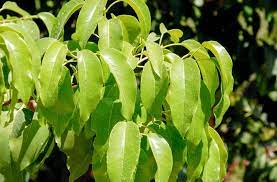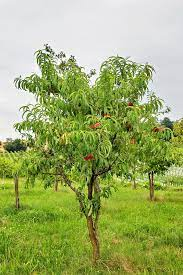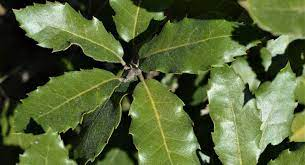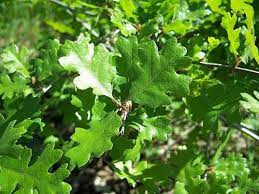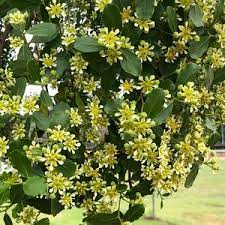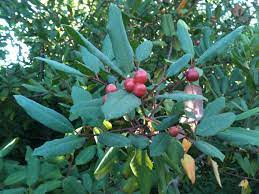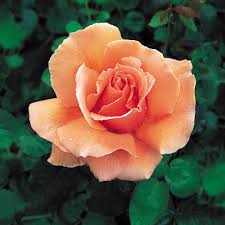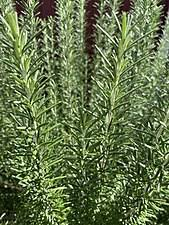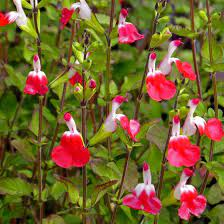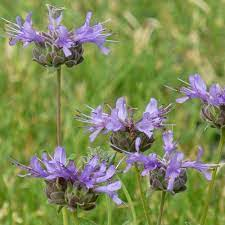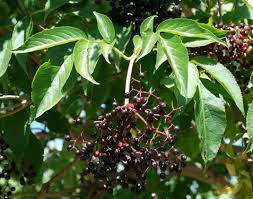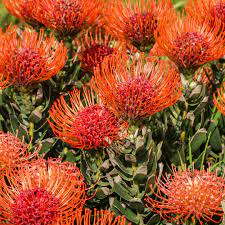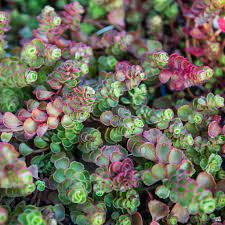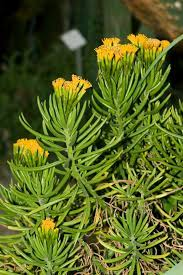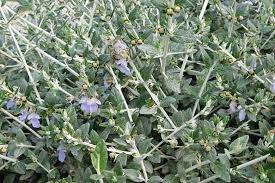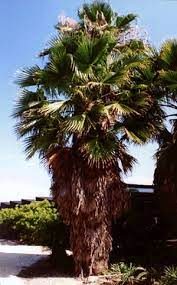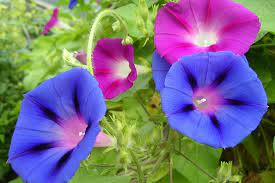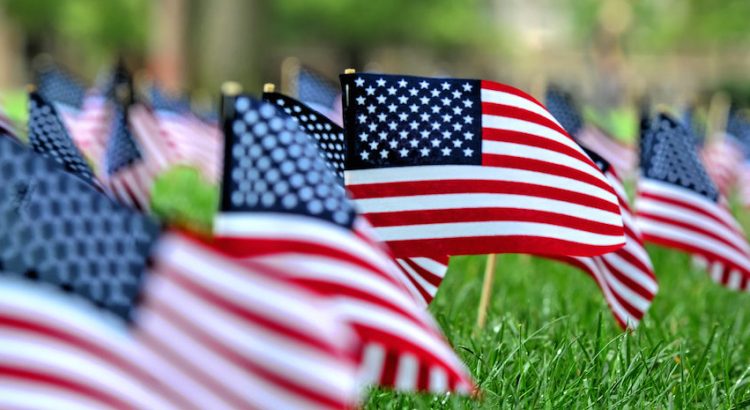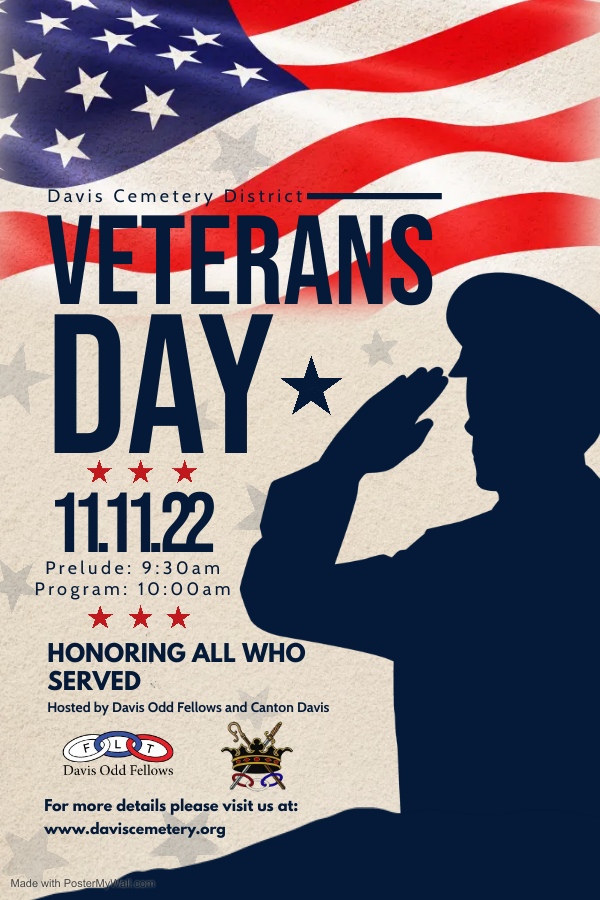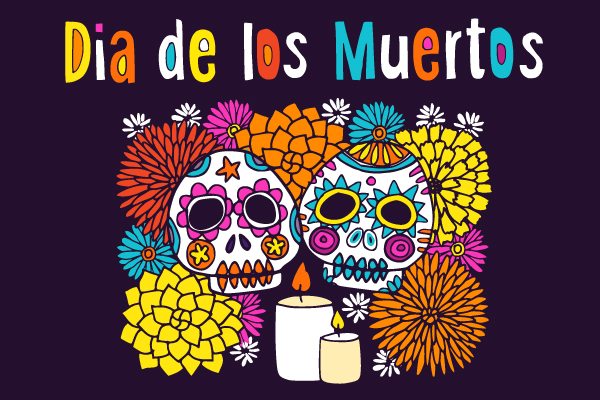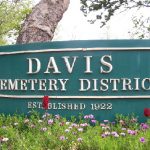Anne Lincoln Solo Exhibition “Passages”
Anne Lincoln “Passages”
Art Exhibition: November 3-November 30th
Art Reception: November 5th from 1-4:00 pm
Acclaimed painter Anne Lincoln will exhibit her latest collection of landscape paintings at Gallery 1855 (820 Pole Line Road, Davis, CA) throughout the month of November. A special fall afternoon artist reception will be held Sunday, November 5th from 1-4:00 pm. “Passages” masterfully captures the colors and atmosphere of the local California landscape from the Yolo Bypass to the rocky coast. Anne has an uncanny ability to capture the color harmonies found in nature. She carefully selects patterns of light, value, and color creating a sense of light and space.
“While passages can mean a path or journey, it can can also refer to a detail in a work of art. A sense of a voyage, of finding my way from soft colors and a realistic approach to a more saturated, layered palette with simplified shapes, has been my road to travel in this show.
The beginning of a more specific idea, that of movement either in style or color or subject probably started back in the 1980’s while I was driving a lonely stretch of highway from the flats of Bakersfield to the rocky shore of Morro Bay. The winding and dipping of the road reminded me of the ribbon striped candy by Grandfather would give to me at Christmas. I’ve always thought of that trip as the Ribbon Candy Road adventure, and it is the inspiration for my painting of that name which is in this show. For me, “Passages” will bring back fond memories as well as remind me of the ups and downs and new challenges a painter will experience.” Anne Lincoln
Anne Lincoln is originally from Gary, Indiana but moved to California in her teens. She has called Davis her home for the past forty-years. She has experimented with different art mediums over the years, but she found her true passion in oil painting eight years ago. Anne paints on thick birch panels specially made in Oregon. The wood is prepared with a minimum of five layers of surface preparation before the first stroke of color.Anne work has been shown in many local gallery exhibitions such as Davis Art Center, Pence Gallery, I-House, Hallmark Inn, Yolo Basin Foundation and many others. Her works have also been included in many corporate and private collections. More details about the artist can be found at www.annelincoln.com.
Gallery 1855 is a non-profit contemporary art gallery located at the scenic Davis Cemetery District. A full listing of events can be found at www.daviscemetery.org
Reflect and Repeat: Images from the Gladding, McBean Factory Photographs by Gene Kennedy
Join us Sunday, October 15th for the opening reception for photography Gene Kennedy. His solo exhibition “Reflect and Repeat: Images from the Gladding, McBean Factory” will run throughout the month of October. Come meet the artist, enjoy his works and experience the most unique gallery location in town. The afternoon artist reception will include a free concert with the New Harmony Jazz Band.
Gene Kennedy has been photographing for more than forty-five years. He gained recognition nationally for his photography of the evolving California Landscape. Regionally I am known as a photography of the evolving California landscape. Regionally he is celebrated as a photographer, teacher, gallery, administrator and former director of the popular Gladding McBean Photography Workshops.
Gene’s photographic projects have focused on the man-impacted environment, with a few nods of appreciation to the natural world, and the occasional touch of humor. His documentary-style landscape reside in the collections of the California State Library, the San Francisco Museum of Modern Art, and the Museum of Modern Art in New York, among others.
“It makes sense in a place whose job is to make multiple identical copies of products, ranging from roof tiles to gigantic sewer pipes to delicate figures for architectural decoration that pictures made in that place might also reflect the same repetitious quality. That is, repetitious in the best sense of the word. Such was my intent in selecting the images for this show. Most of them have never been exhibited before, but a few old favorites also appear.
The Gladding, McBean & Co. factory, in the Placer County town of Lincoln, opened in 1875 and has operated continuously since then, surviving two World Wars and the Great Depression. Starting as a clay pipe manufacturer, “the pottery” expanded its product line and by the end of the 19th century was producing architectural Terra cotta ornamentation for buildings, most notably after the 1906 San Francisco earthquake. Ernest Hopkins, columnist for the San Francisco Examiner, said in July, 1928: “From a hole in the ground, here in the lower end of Placer County, the modern city of San Francisco has come.” (Not to mention thousands of other buildings in San Diego, Los Angeles, Sacramento, Portland, and Seattle, and places as far-fetched as New York, Chicago, Tokyo and London.
I was privileged to be able to organize and lead photographic workshops at Gladding, McBean for 16 years. Close to 300 enthusiastic photographers made it into the pottery during that time, and many of them came back time after time after time, simply because they weren’t finished taking pictures there. If we had been able to continue after 2011, I’m sure many of them would have come back again.
I’m sure all those photographers would join me in expressing their sincere gratitude to the workers and management of Gladding, McBean for the extraordinary gift of being allowed to visit and photograph this magical place.”
Gallery 1855 is located at the historic Davis Cemetery District office at 820 Pole Line Road, Davis, CA. . It is a non-profit community space that celebrates local artists as well it’s unique history. For more information about upcoming exhibitions please go to www.daviscemetry.org.
Sukhee Kwon “Artist Abundance” Mixed Media Art Exhibition
Gallery 1855 (located at 820 Pole Line Road) is pleased to announce the solo exhibition of artist Sukhee Kwon from September 8-September 30th. The special artist reception with light refreshmentss will be held September 10th from 1-4:00 pm.
Sukhee is known for her colorful abstract works painted on a variety of mediums such as fans. The vibrant florals and powerful brush work will capture the imagination of the audience.
Born in Korea in the 1950’s, Sukhee grew up playing among wild flowers and war remnants while dreaming of living in America as an artist. After a lifetime of turns and tribulations purusing her art, she now lives in America as an artist.
As a contribution to the artists of the world, she created an international Fine Arts Collaborative to promote artists, their works new attitude, new cliché “Artist Abundance!” and to educate parents of young children with dreams.
Gallery 1855 is a non-profit art gallery located at the historic cemetery district office. Visitors are welcome to view the art Monday-Friday from 9-3:00pm and on the Second Sunday of every month from 1-4:00pm.
More details on this show and a calendar of upcoming events can be found at www.daviscemetery.org

The Places We Built Solo Exhibition of Nicole Seisler
Gallery 1855 (820 Pole Line Road, Davis, CA) is pleased to announce the solo exhibition of artist Nicole Seisler. The exhibition will run from August 12-August 31st and will have an opening reception August 13th from 1-4:00pm. Nicole Seisler is an interdisciplinary artist who creates sculpture, installation, and public art that investigate themes of time, ephemerality, and the overlapping roles of artist/viewer/participant/collaborator.
The Places We Built is a new layer of Nicole Seisler’s ongoing project, Hand Pressed Souvenirs, which integrates social practice, ceramics, and the use of walking as an art-making tool. The project uses clay as the conceptual and material conduit for forging tangible, intimate connections between people and the places in which they live, work, and travel. Nicole uses customized field kits to bring blocks of wet porcelain on walks throughout neighborhoods where participants use the malleable material to make impressions of architectural details that visually and culturally define a place. These Hand Pressed Souvenirs, much like clay tablets of the earliest societies, become records of particular moments in history. One side of each ceramic object shows sharp details of architecture and design while the other side retains the lines and marks of the hand that produced it. The space between people and place is literally embodied by the raw clay and, once fired, it is permanently solidified. The growing collection of Hand Pressed Souvenirs maps our global cities and spaces through personal connections, stories, and memories.
Nicole’s exhibition at Gallery 1855 is a new iteration of this archival mapping process. Using the porcelain souvenirs as molds, Nicole casts new compositions in handmade paper, thereby forming fresh connections amongst the seven year old collection of souvenirs. This body of work serves as memories of memories, an archive of an archive of our shared experiences of place.
Nicole received her MFA from the School of the Art Institute of Chicago and her BFA from the School of the Museum of Fine Arts, Boston. She has exhibited her work at international venues including the Museum of Contemporary Photography, Chicago; Elmhurst Art Museum, Illinois; Museum of Fine Arts, Boston; Museum of Fine Arts, Tallahassee; Armory Arts Center, West Palm Beach; NEXT Art Fair, Chicago; Alto Galleria, Brussels; and Flash Atoyle in Izmir, Turkey. Reviews of Nicole’s work have been published in The New York Times, Hyperallergic, Ceramics Monthly, the Boston Globe, the Boston Herald, and the Palm Beach Arts Paper. Nicole has been awarded the City of Boston Public Art Grant, the Fort Point Arts Community Public Art Fund, and she received the Maria Scholarship for her residency with ACRE Projects. Nicole has taught ceramics part-time at the School of the Art Institute of Chicago and Lake Forest College, and full-time at the University of Washington. She is currently the Lincoln Visiting Professor of Ceramics at Scripps College in Claremont, CA.
Gallery 1855 is a non-profit art gallery located at the Davis Cemetery District office at 820 Pole Line Road, Davis, Ca. For more details on this event and other please go to www.daviscemetery.org.

Show and Tell Open Mic
Davis Cemetery District and Arboretum (820 Pole Line Road, Davis) will host its first ever open-mic event modeled after your favorite elementary school activity “Show and Tell” on August 12th starting at 11:00 am.
Davis Cemetery District and Arboretum has a long history of celebrating the stories and history of the community. We have partnered with professional memoir writer Emma Fulenwider. Emma hosts Show and Tell events throughout the Sacramento area as a fun way to promote memoir writing in the community.
“A lot of people want to write their life experiences down, but they are intimidated by the writing process and they don’t know where to start. Show and Tell is a great starting point because there is no writing involved, people choose a special story from their life and tell it to others.”
Participants are encouraged to bring items of special personal significance and come prepared to show their treasure and tell the story behind it.
“This isn’t Antiques Road Show, don’t bring the oldest or most valuable thing in your home. Bring something that is special to you for a reason that only you know about.”
This event will coincide with our Davis Cemetery District history weekend. Which will include a self-guided tour made up of the personal histories of its residents and an art opening by ceramic artist Nicole Seisler who’s work features hand pressed ceramics that tell a story of her life and travels.
For event details, visit the Davis Cemetery District is a historic cemetery that offers community events that celebrate the art and culture of our diverse community. Visit our event calendar at http://www.daviscemetery.org or contact Emma Fulenwider at emma@cedarpen.com for additional details.
*Thoughts and opinions expressed by guests at our community events are not representative of the Davis Cemetery District, staff or Board of Trustees.

Davis Waldorf School Student Art Exhibition
Gallery 1855 is pleased to announce a special exhibition featuring the talented students of the Davis Waldorf School This exhibition will feature work from Davis Waldorf students 1-8 entitled “Connecting with the Natural World Through the Eyes of A Child”. The exhibition will run from July 1-July 30th and the opening reception will be held Sunday, July 9th from 1-4:00pm. The opening will include a free performance from the Davis Waldorf Fiddlers.
A deep appreciation for nature is expressed in this art exhibit which shows that every child is an artist everyone has their own unique connections to nature. The display ranges from second grade to eight grade, using chalk drawings, beeswax crayon art, charcoal drawings, and watercolor paintings. As you peruse the artwork, enjoy the individual details each child adds to their work. The display includes the work of the seventh graders who have studies briefly about social justice and the human rights movements, which they will explore in depth in eighth grade. They each chose a quote from Dr. Martin Luther King Jr’s I Have a Dream speech to enhance their paintings of the red hills of Georgia.
Gallery 1855 is a premiere non-profit art gallery featuring contemporary art. It is located at the Davis Cemetery District office.

“Hand of Man” F/8 Photography Group Exhibition
Gallery 1855, 820 Pole Line Road, announces the F/8 photography group art exhibition featuring local artists Anne Miller, Dave L. Robertson, Richard Haliburton, Dennis McCoy, Joseph Finkleman, Tim Messick, Rob Floerke and Michael Radin.
The collection, centering on the theme “Hand of Man,” will run throughout June. The show features each artists’ interpretation of the theme. Davis artist Tim Messick photographed man-made things that have been altered somewhat by time and the elements. Photographer Anne Miller’s work started with a man-made surface and the work ultimately becomes something else in her treatment of the subject. While nature enthusiast Robert Floerke’s images explore the past and mystery of the “Ancient Ones’ or Anasazi.
A free artists reception will be held Sunday, June 11th, from 1 to 4 p.m. The show is inspired by the 1930s’ famous group of photographers that lived in and around San Francisco that called themselves the F/64 club. It wasn’t that they actually used this very small f/stop but rather it was the idea of infinite depth of field that intrigued them. Before, for decades, photography had many adherents to a romantic soft-focus or selective-focus style. Using a small aperture meant that there wasn’t a specific obvious plane of focus, thus the viewer could make their own choice on what was important to them about the image and not be told by the photographer where to look.
It is in this spirit that this group of largely Yolo County photographers have come together to critique each other’s work. The eight artists all have different interests and visions, but one common passion is to perfect and develop their specific talents.
All ages are welcome and encouraged to visit the gallery, located on the grounds of the Davis Cemetery. For more information, visit www.daviscemetery.org
June 2017 “Hand of Man” by F/8 Photography Group
Summertime Group Art Exhibition
Shake off those winter doldrums with our first annual “Summertime” exhibition. Artists from all mediums have shared their interpretation of this wonderful season. Exhibition will run from May 4th-May 31st. The reception will be held on Sunday, May 21st from 1-4:00 pm. Grab a friend and enjoy an afternoon of delightful work from some of your favorite artists.
Featuring: Linda Ayre, Mary Ellen Bauer, Koel Breslin, Pearl Caysentes, Simon Dvorak, Dalia Frank, Donald Hartman, Mark Howell, Charles V. Mcdonald, Mary Ann Montague, Barbara Mortkowitz, Diane Mohar, Cathie James-Robinson, Lin Lindert, Ann Privateer, Marguerite Schaffron, Susan Scholey, Cathy Speck, Crystal Vagnier, and Thelma Weatherford and Linda Ziskind!

March 2017
Thelma Weatherford
Exhibition: March 1-March 30th
Opening Reception: Sunday March 12th 1-4:00pm
Gallery 1855 is pleased to announce the solo exhibition of Davis artist Thelma Weatherford. The Abstractions of Nature exhibition will feature her latest works and will run throughout the month of March. There will be an artist reception with light refreshments on Sunday, March 12th from 1-4:00pm. The show will consist of paintings that are small abstract snap shots of nature such as gardens, plants, flowers, water, some are subtle others have movement and bright colors. There is a mixture of oil and cold wax as well as encaustics.
My work has evolved over the years; currently I have been working with encaustics and oil & cold wax. In my process I experiment with layering, scraping and mark – making. I usually start with a general idea or color scheme. After I apply several layers and manipulate the paint I allow the piece to guide me, to “tell” me where it wants to go. It takes several days or weeks to get to this point. My work is about exploring what you can do by layering, adding & taking away layers of paint. I use various mark making tools to etch into the layers of paint. My work focuses on abstract style of art. Inspiration comes from nature and our environment. My observation of the world around me is my subject matter. Creative energy comes from trees, plants, leaves in the fall, water, mountains, beaches, and cityscapes. I play with color, texture, line, and form. Many of my paintings are impressions of small places such as leaves in a windstorm, poppies at night, maybe a riverbed with water flowing over rocks, or the patina of old wood. I am fascinated by the texture of buildings and structures. I use these elements from my environment to create abstractions or what I call mindscapes
Gallery 1855 is a non-profit contemporary gallery space located at the Davis Cemetery District (820 Pole Line Road). The public is invited to enjoy the work Monday-Friday and second Sunday from1-4:00pm. More details at www.daviscemetery.org

Gallery 1855 (820 Pole Line Rd, Davis, CA) is pleased to announce the solo exhibition by abstract photographer David Robertson. Death by Abstraction will be on exhibit throughout the month of February. A special artist reception which will include a talk with the artist will be held Sunday, February 12th from 1-4:00pm. The personal talk with the artist will start at 2:00 pm. David Robertson is a retired professor of English at UC Davis, where he was also a member of the Graduate Groups in Ecology and Geography. He was a member of the group of faculty who established the Program in Nature and Culture, and joined with other faculty and staff to bring the Putah Cache Bioregion Project into existence. His teaching and research centered around human responses to the natural world, as well as the Bible as literature and religion in general. Two books were the outcome of these interests, West of Eden: A History of the Art and Literature of Yosemite and Real Matter, a book about the writings and doings mainly of Gary Snyder, Jack Kerouac, Philip Whalen, and Mary Austin. Since the early 1970s he has been an active photographer of the natural and human worlds.
Gallery 1855 is a non-profit contemporary gallery located at the historic Davis Cemetery District. For more information please go to www.daviscemetery.org.

Gallery 1855 welcomes all to come see the magnificent photos taken by AP Photo Students at Da Vinci Charter Academy. “Through the Lens of a Teen” will be on exhibit throughout the month of January. A reception will be held Sunday, January 15th from 1-4:00pm. The show will feature multiple works from nine young photographers. The show will consist of both digital and silver gelatin prints and explore a variety of subject matters. All sales will go directly to the artists of the AP Da Vinci Art program.
The exhibit opens on January 2, reception Jan 15th and is open through rest of January. The gallery is located on 820 Pole Line Rd., Davis, Ca. Come support the next generation of artists.
Simon Dvorak Solo Exhibition: Nodes
Exhibition Dates: December 1-December 30, 2016
Artist Reception December 11, 2016 1-4:00pm
Gallery 1855 is pleased to announce the solo exhibition by multi-media artist Simon Dvorak. His solo exhibition “Nodes” will be exhibited throughout the month of December. A special end of the year opening reception will be held on Sunday, December 11th 1-4:00pm.
Simon Dvorak has shown his work in multiple mediums throughout the United States. His latest work is an exploration of networks. Nodes, connected and disconnected, forming a greater whole, exist as independent and yet dependent objects. Connected and energy can be transferred. Disconnected and the node exists independently. Electrical circuits, computer networks, your ‘Related Items’ have all manifested as a result of this paradigm.
“Through the vibrant medium of oil paint I have tried to visualize these concepts in diverse formats and styles. In a time of social networks aided by technology, examining the power and beauty of networks becomes imperative so that we may better understand their nature and potential impact of their forms.”
This will be a must see exhibition. All work for sale by the artists. More information about the artist can be found at http://www.simondvorak.com
 :
:
Joseph Finkleman “Odd Specie”
Finkleman is a versatile artist whose work has been exhibited both internationally and throughout the country. His latest work is a series of portraits highlighting the beauty and strangeness of the human species.
Born in Hollywood, Finkleman studied literature and journalism at Sacramento State, then transferred to the San Francisco Art Institute, where he earned his bachelor’s and master’s degrees in fine art.
He worked as a commercial photographer for more than 20 years, then established and ran an advertising company specializing in niche marketing. For the next two decades he held various positions, including executive and management responsibilities in business development, sales management, customer service and marketing in a variety of companies. He is credited with starting and running Gallery 1855 and also designing the Davis Cemetery Arboretum.
He started showing art in the late 1960s and has had numerous solo shows of both his paintings and photography. Additionally, he has been in more than 100 group shows. His work is in collections in Europe and throughout the United States.
Partnered with his wife Susan Finkleman, they have one book to their credit, “Torn Silk Picture Cloud Quilt,” along with two CDs of their two-voice poetry. He has been working with the composer Robert Vann on a chamber opera titled “You Who Know” and a song cycle ,“The Blank Page.” His current opera, “The Kaballah: Shanghai 1940,” is unfinished.

October 2016: Tribute to Francisco X. Alacron
Gallery 1855 located at the cemetery office of Davis Cemetery & Arboretum will hold an art exhibition “Dreamers ~ Altars, Words and Paintings” from October 1-October 31st. There will be a special opening reception on October 9th from 1-4:00pm. It will feature over 20 art pieces by artists: Maya Christina Gonzalez, Rene Castro, Juan Fuentes, Francisco Orrego, Jaime Montiel, Claudia D. Hernández, and Natalia Deeve Sossa; featuring the poetry by locally and internationally recognized Poet Francisco X. Alarcón. The opening reception on October 9th will include a reading by Escritores del Nuevo Sol Poets and others. Poet-Activist and Co-editor of “Poetry of Resistance: Voices for Social Justice” Odilia Galván Rodríguez, will serve as emcee for the event.
September 2016: Celebration of Life Group Exhibition
The Davis Cemetery and Arboretum will host its eighth annual Celebration
of Life Arts Festival from 1 to 4 p.m. Sunday, September 18th. The free
festival features live music and a group art exhibition featuring the works
of local artists in a variety of mediums. Light refreshments will be
served throughout the day.
The event will start with a live performance by the New Harmony Jazz
Band from 1-3:00 pm. They will play a variety of jazz tunes from classic
to modern.
The art exhibition will be on display at the on-site gallery from
September 1-September 30th and features photography, charcoal,
encaustic, and paintings from over thirty artists.
The Davis Cemetery is as 820 Pole Line Road. For more information, call
530-756-7807, email is cemetery@dcn.org or visit www.daviscemetery.org.

August 2016
Kurt Fishback : Nature Mandalas
Gallery 1855 is pleased to announce the solo exhibition “Nature Mandalas” by renowned photographer Kurt Fishback. The exhibition will run throughout the month of August. A special artist reception will be held Sunday, August 14th and will include a special talk by the artist from 1-1:30 pm.
From the Indian language Sanskrit meaning Sacred circle, Mandalas are gateways to our divinity, the God within us from the human perspective and inspired by energy inherent in the Earth and Nature.
A mandala can be used during meditation as an object for focusing attention. The symmetry of the designs tends to draw the attention towards their center, towards our center.
In each Mandala natural elements have been incorporated from photographs made while walking on the Earth. Some of the elements include; trees, stones, grass, sand, water, air, clouds and sky. Light is the most important element, indicative of the energetic life force in everything.
Visages of animal and other spirits emerge in the production of the mandalas as a result of the juxtaposition of the natural elements used. They speak of our connection to the Sky Nation and to the individual medicines of Grand-father Sun, Grandmother Moon, the Thunder Beings, the Cloud People, all planets, galaxies, stars and solar systems.
These Mandalas were made as a part of my daily spiritual practice. Each mandala is available for individual interpretation and discovery of any
personal meaning specific to the individual viewer.
Kurt Edward Fishback, son of photographer Glen Fishback and name sake of photographer Edward Weston, grew up as part of the photographic community in Northern California during the 1940’s and 50’s. Mentors and friends of the family included Ansel Adams, Wynn Bullock, and Edward Weston. Despite his immersion in the world of photography, Fishback began his artistic career studying ceramic sculpture at Sacramento City College, the San Francisco Art Institute and the University of California, Davis in the 60’s. He first began to experiment with photography in 1962 as a way to document his experiences with other sculptors, but it was not until 1973, when his father invited him to teach at the Glen Fishback School of Photography, that photography became Fishback’s primary mode of expression. Since then he has gathered over 250 environmental portraits of artists in their studios or the space they chose.
Kurt continues to teach photography when he is not too busy maintaining his own artistic career. His first major, one-person exhibit was held at the San Francisco Museum of Modern art in 1982. Besides this Kurt has amassed an exhibition record of over 100 solo exhibitions and countless group exhibitions since 1961.
Learn more about the artist at his website.
July 2016

Adele Louise Shaw “Water, A Fluent Conversation”
Exhibition Dates July 2, 2015 -July 29, 2016
July 10, 2016 1-4:00pm
Gallery 1855 (820 Pole Line Road, Davis, CA) presents the solo exhibition of painter Adele Louise Shaw “Water: a fluent conversation”. The exhibition will run from July 1-July 30th with a special artist reception July 10th, 1-4:00pm.
The water references within the Tao the Ching by Lao Tzu are a strong influence in Shaw’s work. She says: Deeply rooted in the natural world, the Tao speaks an international language of spirit. It is with this same spirit my conversations with water carry on.
These paintings are created with inks and acrylics on paper. Shaw’s signature style uses calligraphic brushwork to draw in rhythm and form; tache brushwork to convey a sense of movement and flickering light: and action painting methods of pouring and trowing paint to transform energy and movement into multiple layers of abstraction. The large compositions envelop the viewer.
This exhibition presents paintings which are stirring, emotional surroundings to be in conversation with. They invoke multiple ideas of passion and longing, force and fury, the dance and the ecstasy. They are a homage to the spiritual truth that water conveys. These paintings invoke our universal emotional and physical connection to water, and connect the viewer to the subject with an elegant, sensual grace spoken with paint.
Small encaustic paintings are also part of the exhibition. Shaw has been working with encaustic paint for 18 years. Her work with encaustic continues to push the boundaries of this ancient medium.
The exhibition will be open to the public July 2 – 29, 2016 M-F 9-3:00pm. The artist will be present for an open house Sunday, July 10th, 1-4pm.
Learn more about the artist at her website here
June 2016
Dee Conway
Gallery 1855 located at the historic Davis Cemetery is pleased to present the solo exhibition of artist Dee Conway. “The Continuum” will run from June 1, 2016 – June 30, 2016 with an opening reception Sunday, June 12th from 1-4:00 p.m.
Dee Conway is a graduate of the B.A. Brooks Institute of Photography. She is an award winning artist whose work has been featured in many prestigious publications and galleries.
“The Continuum” is a personal project that is inspired by Conway’s friendship with her late mentor Johanna Gillman. Johanna Gillman was a fabulous New York artist who spent the last three years of her life in California. Many of the images in the exhibit are a combination of Gillman’s artwork with Conway’s paintings and photography.. In other works she changed the color, tone, or position of Gillman’s work to create something new. Many of the works explore unconventional painting and printing techniques. It is through this project that they can continue their art relationship.
“The Continuum” will run through June 30, 2016 at 820 Pole Line Road, Davis, Ca. The artist’s will be present at the opening reception Sunday, June12th from 1:00 – 4:00 p.m. Works will be for sale by the artist. Light refreshments will be served. Gallery hours are Monday through Friday 9– 4:00, and by appointment. For additional information www.daviscemetery.org
May 2016
Charlie Schneider
Exhibition Dates: May 1, 2015-May 30, 2016
Opening Reception: April 30, 2016
Multi-media experience interactive works located on the Davis Cemetery and Arboretum grounds in addition to photographs and imagery from artist Charlie Schneider.
December 2015
Seana Burke

November 2015
Kathryn Sylva

October 2015
Joseph Finkleman

September 2015
Christopher Dewees “Life Histories”

August 2015
David Best
July 2015
Ricardo Machado-Hernandez

June 2015
Da Vinci Charter Academy Advanced Placement Art Exhibition

May 2015
Celebration of Life Group Art Exhibition
April 2015
F/8 Photography Group “Windows and Doors”

March 2015
Steve Kiser

February 2015
Ellie Ivanova “Archive of Abandoned Dreams”

January 2015
Rob Stone “Close to Home”

December 2014
Andrea Stone

November 2014
Gene Kennedy






























